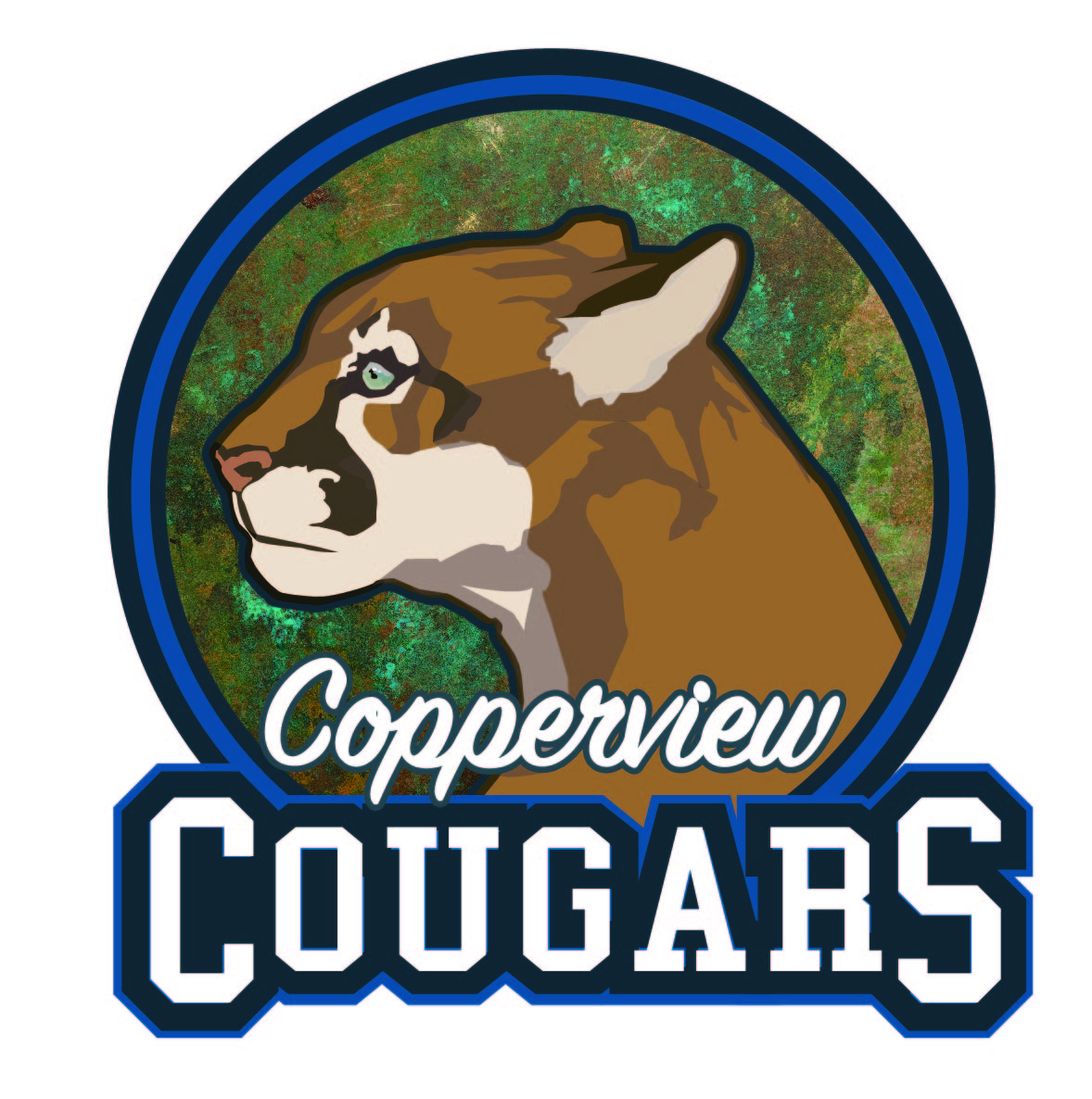December 3 is Remote Learning
Remote Fridays are days of learning. Students are expected to use the time for independent study and will be provided learning packets or access to assignments on CSD’s common online-learning management system, Canvas. Teachers will report to school for work and use the time to collaborate with peers, create lesson and intervention plans, and provide any needed outreach to students. They will also hold office hours by appointment for students and parents.
Zones of Regulation - Student Wellness and Social Skills

For the next three weeks all students will be learning about the Zones of Regulation. Each week, this newsletter will include parent information about the content we will learn as a school.
The Zones of Regulation provides a common language to support positive mental health and skill development for all, while serving as an inclusion strategy for neurodiverse learners, those who have experienced trauma, and/or have specific needs in terms of social, emotional, and behavioral development.
The Zones of Regulation creates a systematic approach to teach regulation by categorizing all the different ways we feel and states of alertness we experience into four concrete colored zones.
THE FOUR ZONES: OUR FEELINGS & STATES DETERMINE OUR ZONE
The Red Zone is used to describe extremely heightened states of alertness and intense emotions. A person may be elated or experiencing anger, rage, devastation, or terror when in the Red Zone.
The Yellow Zone is also used to describe a heightened state of alertness and elevated emotions, however one has more control when they are in the Yellow Zone. A person may be experiencing stress, frustration, anxiety, excitement, silliness, the wiggles, or nervousness when in the Yellow Zone.
The Green Zone is used to describe a calm state of alertness. A person may be described as happy, focused, content, or ready to learn when in the Green Zone. This is the zone where optimal learning occurs.
The Blue Zone is used to describe low states of alertness and down feelings such as when one feels sad, tired, sick, or bored.
The Zones can be compared to traffic signs. When given a green light or in the Green Zone, one is “good to go”. A yellow sign means be aware or take caution, which applies to the Yellow Zone. A red light or stop sign means stop, and when one is the Red Zone this often is the case. The Blue Zone can be compared to the rest area signs where one goes to rest or re-energize. All of the zones are natural to experience, but the framework focuses on teaching students how to recognize and manage their Zone based on the environment and its demands and the people around them. For example, when playing on the playground or in an active/competitive game, students are often experiencing a heightened internal state such as silliness or excitement and are in the Yellow Zone, but it may not need to be managed. However, if the environment is changed to the library where there are different expectations than the playground, students may still be in the Yellow Zone but have to manage it differently so their behavior meets the expectations of the library setting.
Employee Spotlight - Stephanie Ehlert, School Nurse

We’re excited to announce that Copperview now has a full-time school nurse. Nurse Stephanie Ehlert joined the Copperview Team earlier this year. Prior to joining our team, she worked as a nurse at Primary Children’s Hospital in the Medical Unit where she spent 6 years taking care of children 0-18 years old. For fun, Stephanie enjoys reading, gardening, traveling, and spending time with her 2 cute nieces.In collaboration with parents, Nurse Stephanie supports student success by providing health care through assessment, intervention, and follow-up for all children within the school setting. While at school, your child may visit the nurse to:
- Assess student pain or illness
- Nurse Stephanie will then communicate concerning situations with parents.
- Administer daily prescribed medication (only under parent and a current medical provider authorization)
Stephanie is also available to complete COVID-19 rapid tests for Copperview students and family members during school hours. If interested you may contact Stephanie through ParentSquare or on her cell phone at (385) 225-1998. Parent consent and supervision must occur prior to any student being tested.
When is Too Sick for School?
Send me to school if…
- I have a runny nose or just a little cough, but no other symptoms.
- I have sores that are dry, showing signs of healing, or are covered.
- I haven’t taken any fever reducing medicine for 24 hours, and I haven’t had a fever during that time.
- I haven’t thrown up or had any diarrhea for 24 hours.
Keep me at home if…
- I have a temperature higher than 100 degrees even after taking medicine.
- I have untreated oozing sores that cannot be covered.
- I am throwing up or having diarrhea.
- My eyes are pink, crusty, and have white or yellow discharge.
- I am injured or too ill to participate in routine school activities.
Tips From Your School Nurse
Help your child be healthy and successful in school by making sure:
- They get 8-10 hours of sleep every night
- They eat breakfast each morning
- They wear their glasses every day
- Emergency contacts are up to date with the school office
- Your child meets all State of Utah immunization requirements.
For additional questions or health concerns, call Copperview’s School Nurse, Stephanie Ehlert, (385) 225-1998.
Upcoming Events
12.3 Remote Learning – NO IN PERSON CLASSES
12.3 COVID-19 Vaccine Clinic (2:00 – 6:00pm)
12.9 Mobile Food Bank (3:00-4:00 PM)
12.10 PTA Meeting (9:00 AM)
